Conforming Loan Limits: What They Are and How They Impact You
Conforming Loan Limits: What They Are and How They Impact You
If you are planning to buy or refinance a home next year, we have some great news for you!
Due to the significant home appreciation that happened in 2023, the Federal Housing Finance Agency (FHFA) has raised the conforming loan limit for 2024 for all counties across the country.
This means that homes you could previously only buy with a jumbo mortgage loan may now be eligible for a conforming loan – meaning lower interest rates and less restrictive qualification requirements.
In most counties, the 2024 maximum conforming loan limit value for one-unit properties will be $766,550 - an increase of $40,350 from 2023.
In higher-cost real estate markets (areas in which 115 percent of the local median home value exceeds the baseline conforming loan limit above), the limit for a conforming home loan will be $1,149,825 – an increase of $60,525 from 2023.
Here is a map showing the new conforming loan limits in all counties across the country.
What is a Conforming Loan?
Since the financial crisis of 2008, most consumers are familiar with the names Fannie Mae and Freddie Mac. These two entities are mortgage aggregators that exist under the oversight of the FHFA. They serve the purpose of purchasing mortgages, packaging them into mortgage-backed securities, and selling those securities to investors.
A conforming mortgage refers to a loan that meets (or 'conforms' to) Fannie Mae or Freddie Mac’s purchase requirements. These requirements take into account factors like down payment, income, credit score, and debt-to-income ratio.
Loan amount is another factor, which is where the conforming loan limit comes into play. Fannie Mae and Freddie Mac will not purchase loans above the conforming loan limit. A home with a purchase price beyond the conforming loan limit must be financed through a jumbo (or 'nonconforming') loan, which comes with stricter qualification requirements.
NOTE: The terms 'conforming' and 'conventional' are often used interchangeably, but there are some differences. A conventional loan just refers to a mortgage that is NOT backed by a government agency. Simply put, a conventional mortgage is any loan that is not issued by the Federal Housing Administration (FHA), the Department of Veterans' Affairs (VA), or the United States Department of Agriculture (USDA).
How Do Conforming Loan Limits Impact You?
One of the advantages of conforming loans is that they offer competitive interest rates. Since these loans are backed by Fannie Mae and Freddie Mac, lenders are more willing to offer lower rates to borrowers who meet the criteria. This can result in significant savings over the life of the loan.
Another benefit of conforming loans is that they often have more flexible credit requirements. While a good credit score is still important, borrowers with a slightly lower credit score may still qualify for a conforming loan. This can be especially helpful for first-time homebuyers who may not have an extensive credit history.
When conforming loan limits increase, it means more homebuyers are able to take advantage of these benefits.
For example, let's say you tried to buy a home in Salt Lake County in Utah in 2023. You needed to get a mortgage for $750,000, but because your loan amount was higher than the 2023 conforming loan limit of $726,200, you had to apply for a jumbo loan.
Unfortunately, you only had 5% saved up for a down payment and your credit score was not high enough to qualify for a 5% down jumbo loan.
But in 2024, things are changing! Conforming loan limits will be increased to $766,550, which means the home you want can purchased with a conforming loan. Not only will you qualify for the loan, but it's likely you will enjoy a lower interest rate than you would have gotten with the jumbo loan. You may even be able to lower your down payment to 3.5% and reallocate those funds to pay off some other debt and saving even more money every month.
The Bottom Line
If you have been trying to qualify for a home loan but have been having some trouble getting a jumbo loan, you may soon be able to qualify for a conforming loan with better terms.
If you’re in the market to buy a home, now is the time to start the mortgage process so you are ready to purchase when these loan limits change next year. If you have any questions or would like to start the application process, fill out the form below to request a consultation with one of our mortgage advisors.


NMLS# 150953
© 2024 All Rights Reserved | Luminate Home Loans, Inc.

